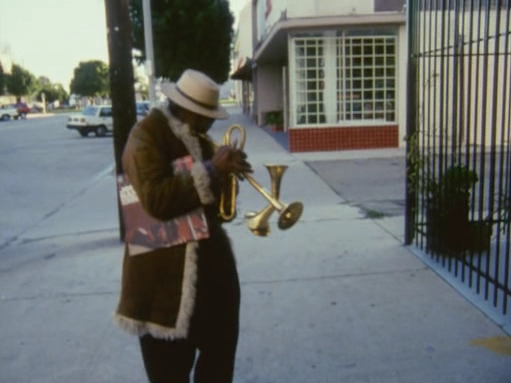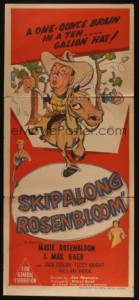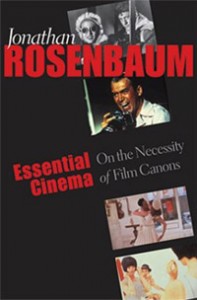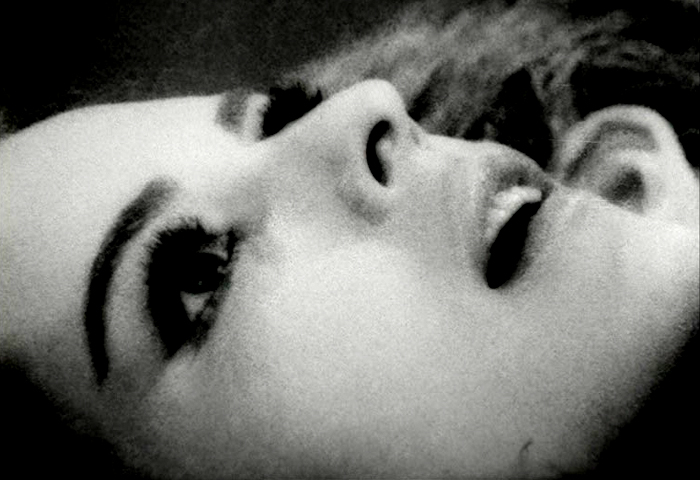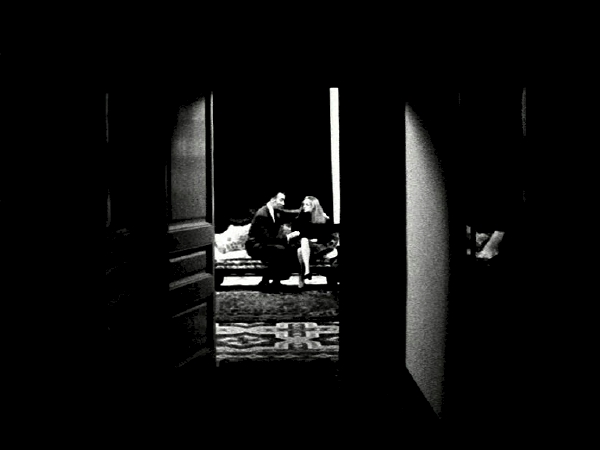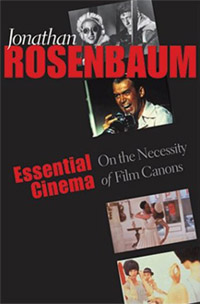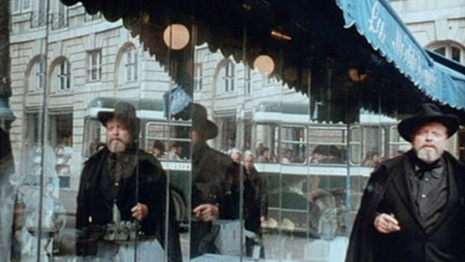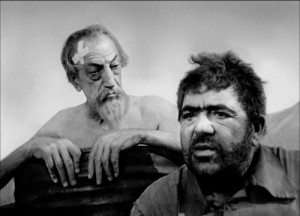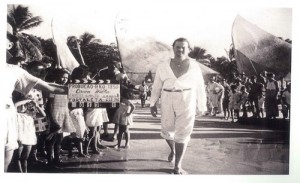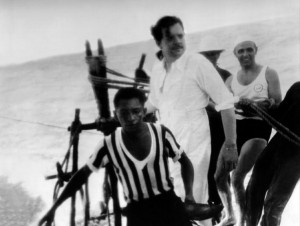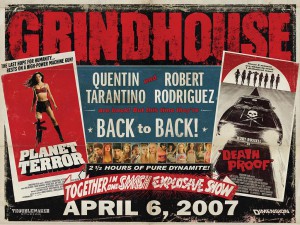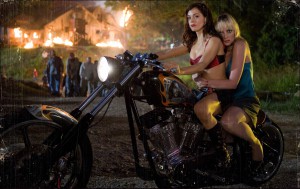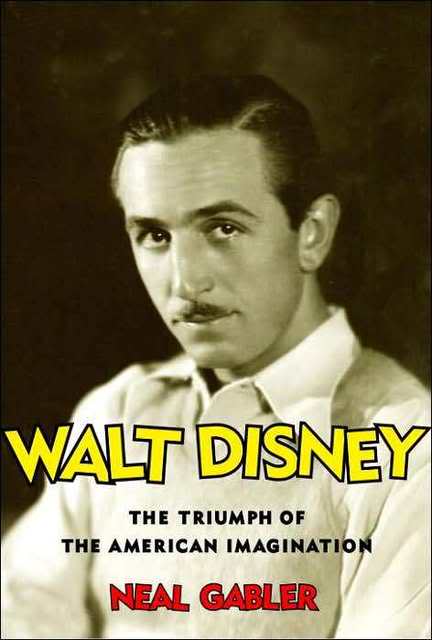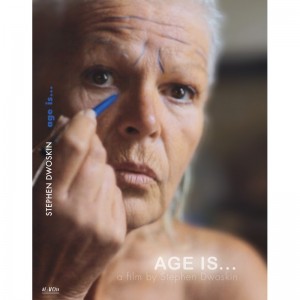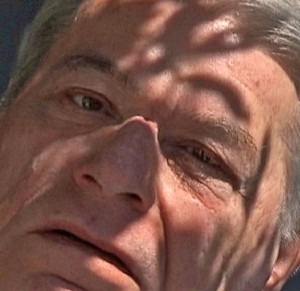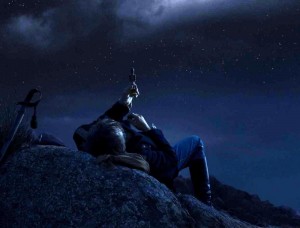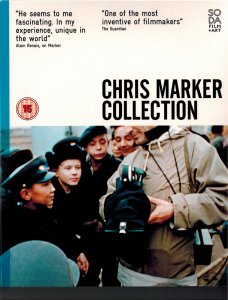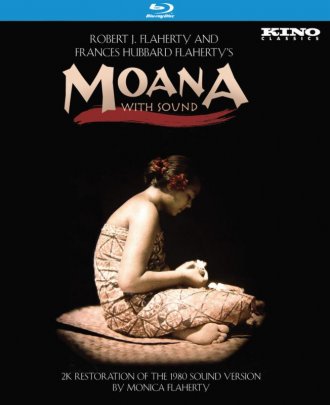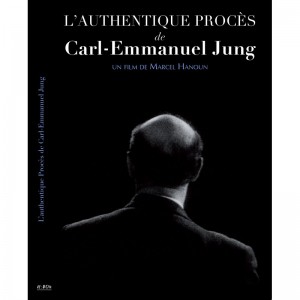From the Chicago Reader (May 7, 2007). — J.R.
One of my all-time favorite films, this beautiful 12-minute short by Charles Burnett (Killer of Sheep, The Glass Shield), made for French TV in 1995, is a jazz parable about locating common roots in contemporary Watts and one of those rare movies in which jazz forms directly influence film narrative. The slender plot involves a Good Samaritan and local griot (Ayuko Babu), who serves as poetic narrator, trying to raise money from his neighbors in the ghetto for a young mother who’s about to be evicted, and each person he goes to see registers like a separate solo in a 12-bar blues. (Eventually a John Handy album recorded in Monterey, a countercultural emblem of the 60s, becomes a crucial barter item.) This gem has been one of the most difficult of Burnett’s films to see. (JR) Read more

